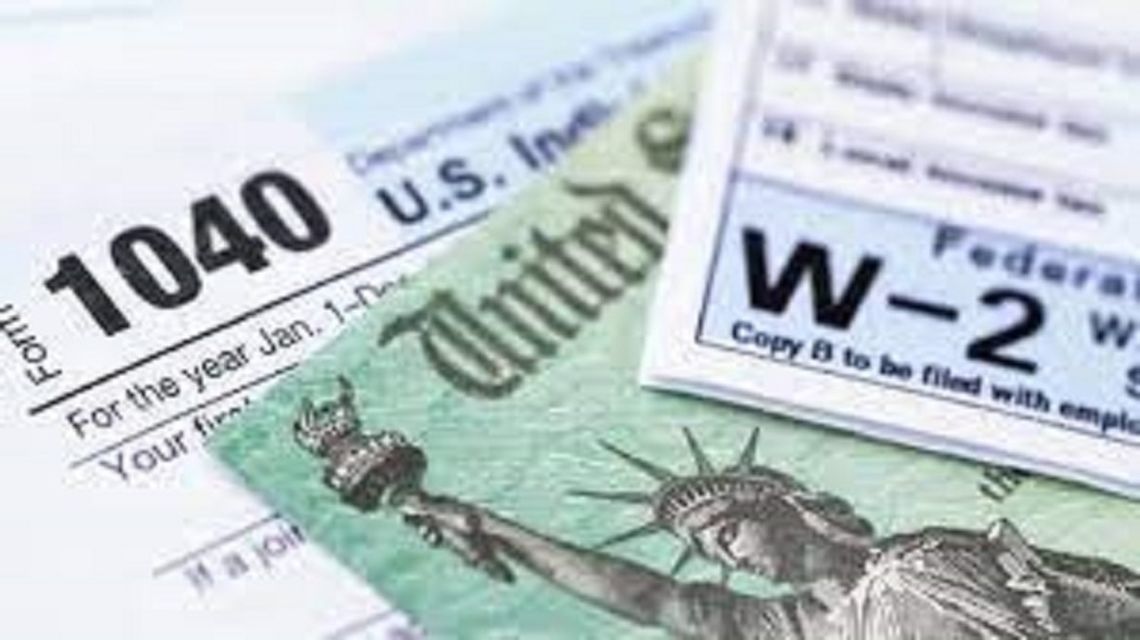This year’s tax-filing deadline of April 18 is not that far off, but you still have time to make some moves that could favorably affect your tax returns. So, you may want to consider making some tax-smart contributions.
You have until the April 18 filing deadline to contribute to an IRA, or to open one for the 2021 tax year. When you invest in a traditional IRA, your earnings can grow on a tax-deferred basis and your contributions may be tax-deductible, depending on your income level. And as a result of recent legislation, you can now fund a traditional IRA past age 70½, as long as you have earned income.
If you invest in a Roth IRA, your contributions aren’t tax-deductible, but your earnings can grow tax-free if you don’t take withdrawals until you’re at least 59½ and you’ve had your account for five years. For the 2021 tax year, you can put up to $6,000 in an IRA, or $7,000 if you’re 50 or older. (If you’re a high earner, the amount you can contribute to a Roth IRA may be reduced or eliminated, while contributions to a traditional IRA may not be tax-deductible.)
If you were eligible to contribute to a health savings account (HSA) last year, you can also contribute to that for the 2021 tax year, up to the April 18 deadline. An HSA has triple tax advantages: Your contributions are made with pre-tax dollars, so they can reduce your taxable income for the year; your earnings grow tax-free; your withdrawals are tax-free, provided the money is used for qualified medical expenses. For the 2021 tax year, you can contribute up to $3,600 to an HSA as an individual, or $7,200 for a family. And if you are 55 or older, you can contribute an extra $1,000 to your HSA. The contribution limits do include the amount your employer puts in, so, for example, if your employer has already kicked in $1,000, you can only contribute $2,600 to your individual HSA or $6,200 for your family. (Again, you can add $1,000 more if you are 55 or older.)
And, as you know, one of the big advantages of an HSA is that it is not subject to “use it or lose it” rules – you can rollover your savings from year to year. As such, an HSA can be a valuable account for helping you build resources for retirement when your health care costs will undoubtedly go up.
In looking beyond the 2021 tax year, you may want to consider other ways to make tax-smart contributions. For example, in addition to contributing to your IRA and HSA, you may have access to a 401(k) or similar employer-sponsored plan. In 2022, you can put in up to $20,500 to your 401(k), or $27,000 if you’re 50 or older. And, if your employer allows it, you can exceed these limits by making after-tax contributions. Also, if you need to save for education, you might want to consider a 529 educations savings plan, which offers some tax advantages.
To learn more about how your contributions, in various forms, can affect your taxes, consult with your tax advisor. The more you know, the better your decisions.
This article was written by Edward Jones for use by your local Edward Jones Financial Advisor.
Edward Jones. Member SIPC.










Comment
Comments